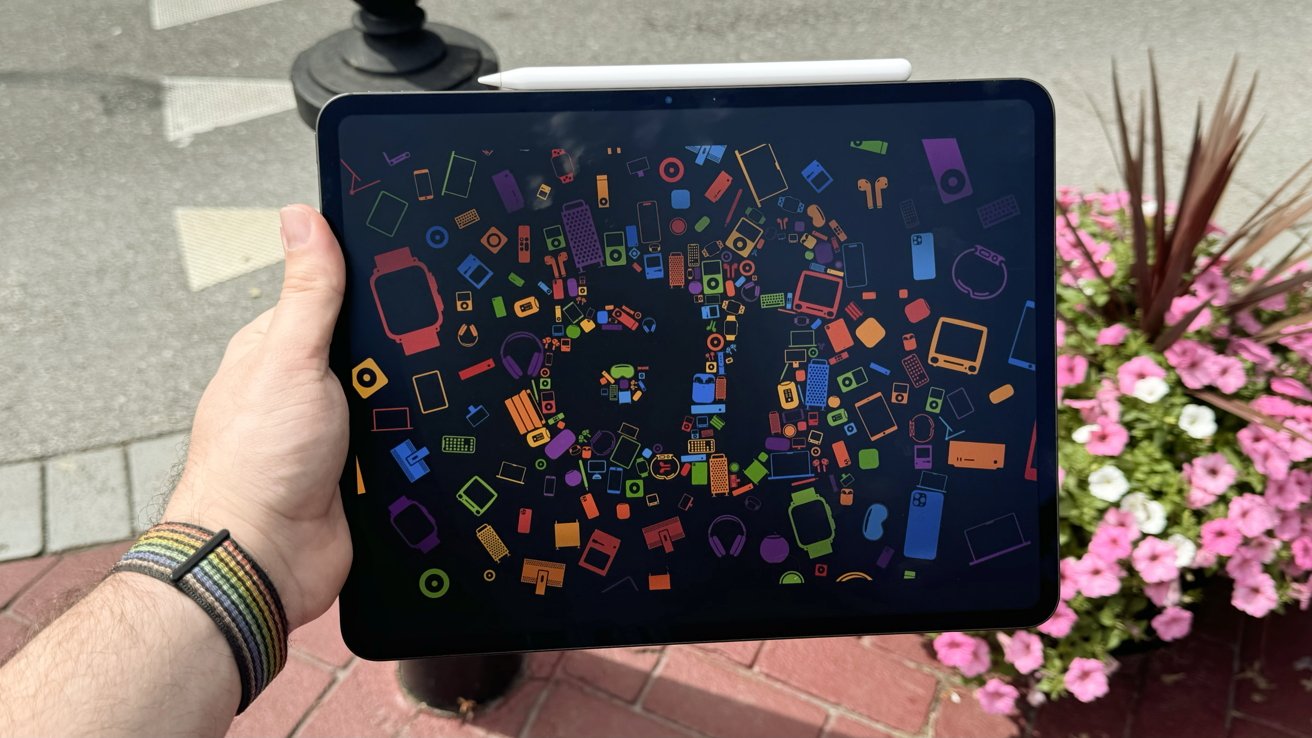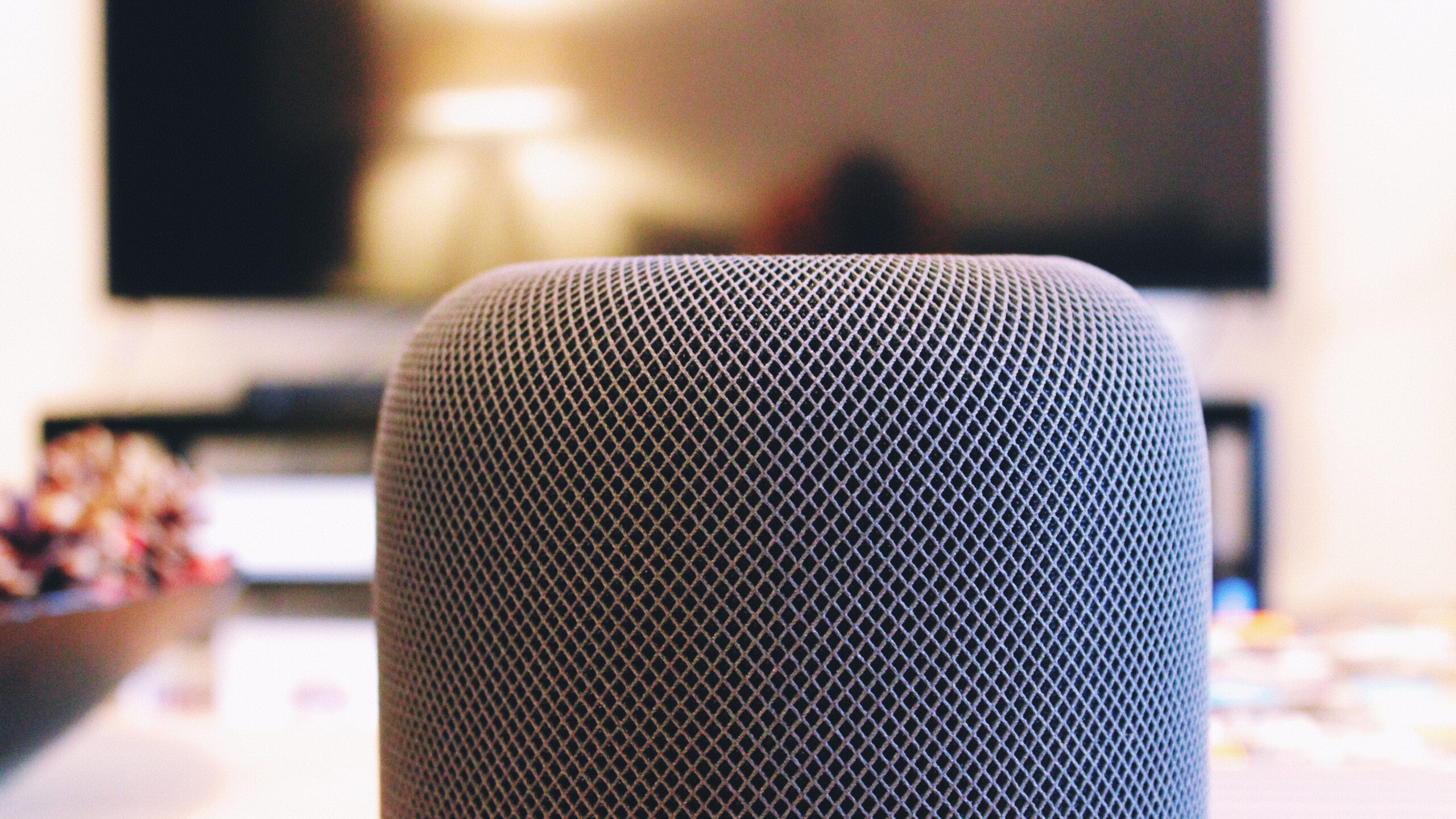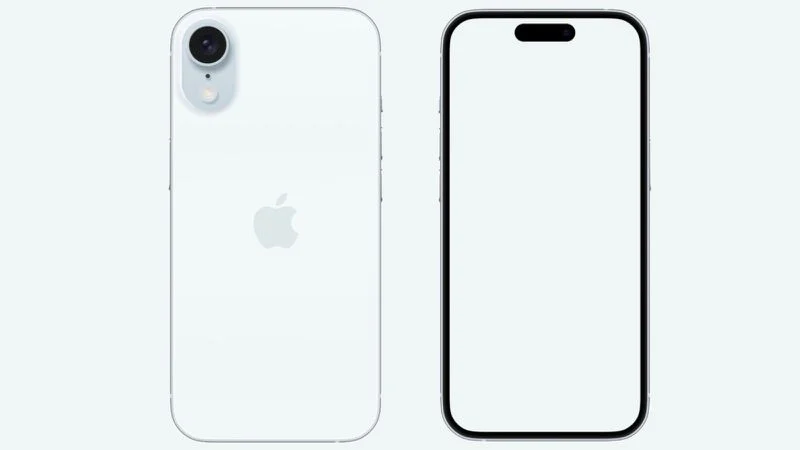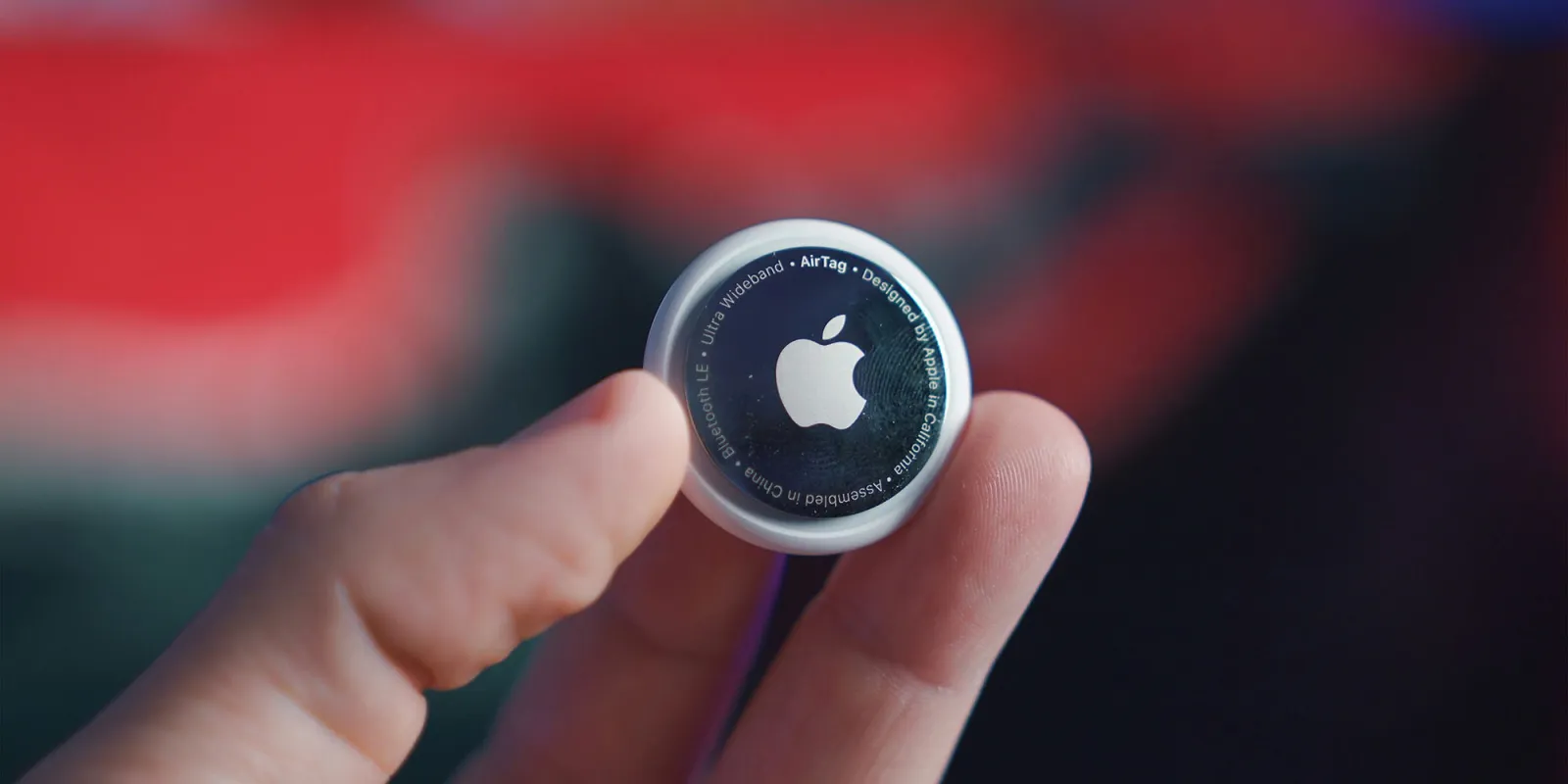Apple’s iPhone 17 design seems to be confirmed, according to a recent post by Majin Bu (@MajinBuOfficial) on X. The image shared shows what appears to be the back of the iPhone 17 models in packaging, hinting at a sleek, minimalist design with a centered Apple logo.
The iPhone 17 lineup is expected to include four models: iPhone 17, iPhone 17 Pro, iPhone 17 Pro Max, and a new iPhone 17 “Slim” or “Air”. The Air model is rumored to be the thinnest iPhone yet at around 6.25mm, featuring a titanium-aluminum frame for a balance of strength and lightness.
A significant upgrade is the introduction of ProMotion technology with a 120Hz refresh rate across all models, enhancing the display experience with smoother visuals. Additionally, one model might feature an Apple-designed Wi-Fi 7 chip, showcasing Apple’s move towards self-reliance in hardware.
The iPhone 17 Air is set to replace the “Plus” model, offering a larger 6.6-inch display but not matching the Pro Max in specs or price. This strategy reflects market trends favoring premium models, with potential price increases for the Pro and Air models.
In a strategic shift, Apple has started the early manufacturing of the iPhone 17 base model in India, a first for the company, while keeping the production of Pro and Air models in China. This move could diversify Apple’s manufacturing base.
The iPhone 17 series is anticipated to be announced in September 2025, with pre-orders starting soon after. This update promises to bring significant design and technology advancements to Apple’s iconic iPhone lineup, keeping fans and tech enthusiasts eagerly awaiting further details.








